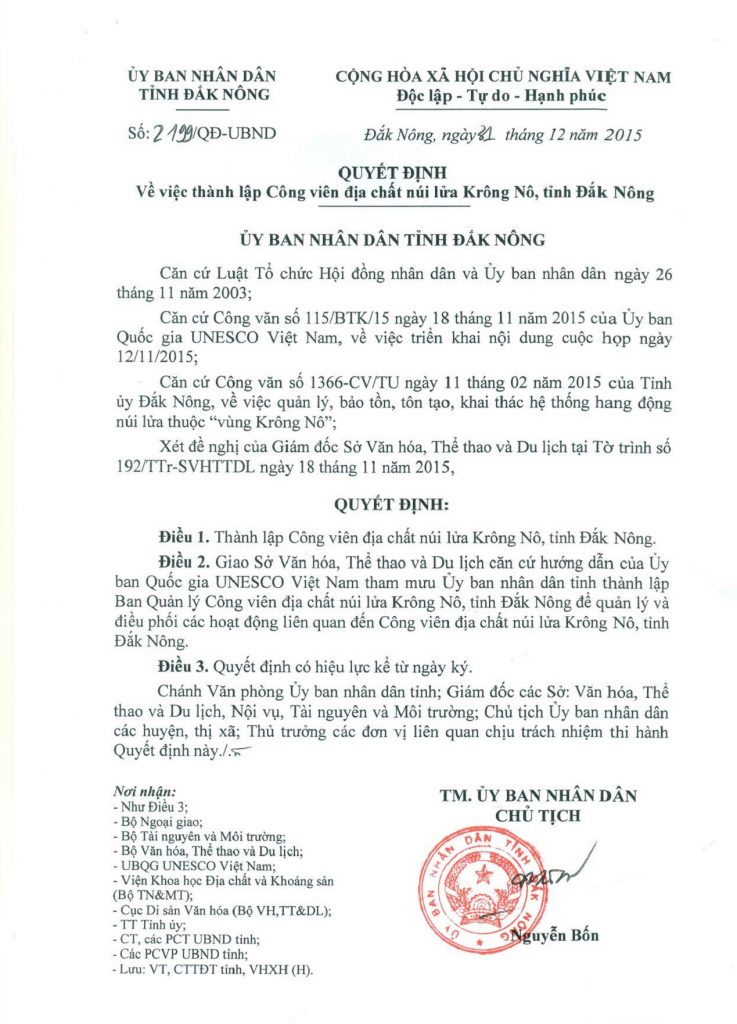Dak Mil Prison was built by the French colonialists in early 1940 in an old jungle in Dak Mil district to confine and exile the patriotic people and revolutionary soldiers of Vietnam.
The prison was designed in the style of long house (stilt house) of Ede ethnic group, consisting of 9 wooden compartments, roofed with thatch and a wooden fence covered with barbed wire, 24/24 watchtower at 4 corners of the prison.
However, the revolutionary soldiers successfully organized two escapes that led the French colonists to move the prisoners away and declared its destruction.

This is a sign of crimes, a testimony of the heavy failure in expanding the ruling network of the French colonists still surviving in Dak Nong.
The relic of Dak Mil Prison reflects the resilient and unyielding spirit of the revolutionary soldiers, affirming the solidarity of the ethnic groups in the country, the upland and the lowland, the Kinh – Upland people. From here, the first Revolutionary Cell led the people of the local ethnic groups to successfully carry out their general attack and rebellion in the fall of 1945, which is the basis and premise for the great victory of spring 1975.
The relic has been recognized by the Ministry of Culture and Information (now the Ministry of Culture, Sports and Tourism) as a national-level revolutionary historical relic under the Decision No. 11/2005/QD-BVHTT dated May 17, 2005.
From 2008 to 2010, the relic was invested by the State to restore the exhibition house, prison foundation, model of the prison, system of roads to the water wharf, fences and other auxiliary items.
At present, Dak Mil prison is located near the National Highway 14 in the center of Dak Mil town, which is convenient for promoting the value of the relic. The relic has been restored and repaired to serve visitors, educate patriotic traditions for the younger generations.



